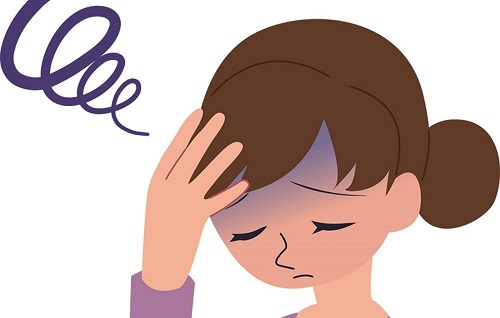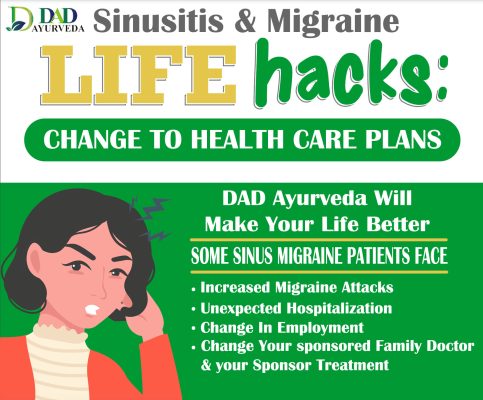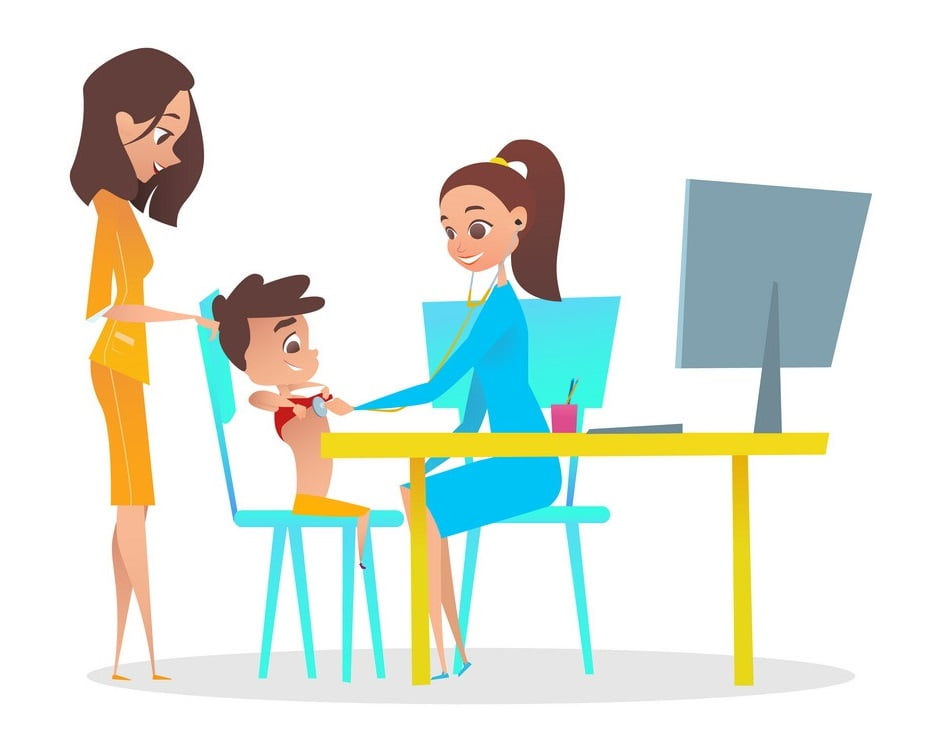Services, Sinus and Migraine
Ayurveda Certified Sinus Migraine Center
DAD Ayurveda and SMUDRA
Certified Sinus/Migraine Specialist
We are on the cusp of an explosive step in the understanding, diagnosis, and treatment of sinus/migraine, and soon we will bring more answers to help you.
Sinus/migraine is an exceptionally prevalent neurological disease, affecting 59 million men, women, and children in India and 5 billion worldwide.
Comprehensive Center for Children and Adolescents.

Keywords: sinus migraine, migraine medicine, sinusitis headache, migraine help, sinus migraine treatment, migraine association, sinus and migraine, migraine sinus headache, sinus migraine medicine, migraine illness, untreated migraine, headache research, sinus headache and migraine, migraine in sinus, research on migraine
Everyone knows someone who suffers from sinus/migraine or struggles with sinus/migraine themselves.
- Sinus/migraine is the third most prevalent disease in the world.
- About 1 in 4 Indian households includes someone with sinus/migraine.
- Astonishingly, 28% of the population – including children – suffers from sinus/migraine.
- 28% of Indian women, 8% of men, and 20% of children experience sinus/migraine.
- Sinus/migraine is most common between the ages of 14 and 44.
- Sinus/migraines tend to run in families. About 90% of Sinus/migraine sufferers have a family history of Sinus/migraine.
Most people don’t realize how severe and disabling a Sinus/migraine can be.
- Sinus/migraine is the sixth most disabling disease in the world.
- Every 10 seconds, someone in India goes to the emergency room complaining of a headache, and about 2.5 million visits are for acute Sinus/migraine attacks.
- While most sufferers experience sinus/migraine attacks once or twice a month, more than 8 million people have chronic daily sinus/migraine with at least 15 sinus/migraine days each month.
- More than 90% of sufferers are unable to function or function normally during their Sinus/migraine.
A Sinus/migraine is much more than a bad headache.
- Sinus/migraine is a neurological disease with extremely disabling neurological symptoms.
- It is a severe throbbing recurring pain usually occurring on one side of the head. But in about 1/3 of the attacks, both sides are affected.
- In some cases, other disabling symptoms are present without the headache.
- Sinus/migraine attacks are often accompanied by one or more of the following disabling symptoms: visual disturbances, nausea, vomiting, dizziness, extreme sensitivity to sound, light, touch, and smell, and swelling of the extremities or face Tingling or numbness.
- About 28% of Sinus/migraine sufferers also have a visual disturbance called an aura, which usually lasts less than an hour.
- In 18 -23% of attacks, other neurological symptoms precede the actual headache.
- Attacks usually last between 4 and 60 hours.
For many sufferers, Sinus/migraine is a chronic illness that significantly impairs their quality of life.
- More than 8 million adults experience daily Sinus/migraines – living with Sinus/migraine pain for at least 15 days per month.
- Drug overuse is the most common reason episodic Sinus/migraines become chronic.
- Depression, anxiety, and sleep disturbances are common for people with chronic Sinus/migraine.
- More than 30% of chronic Sinus/migraine sufferers are disabled, and the likelihood of disability increases sharply with the number of comorbid conditions.
Sinus/migraines disproportionately affect women.
- Sinus/migraine affects approximately 38 million women in India.
- 85 percent of chronic Sinus/migraine sufferers are women.
- Before puberty, boys are more affected than girls, but girls are at increased risk of Sinus/migraine and its severity during adolescence.
- Roughly 4 out of 10 women will experience a Sinus/migraine in their lifetime.
- In adulthood, three times more women suffer from Sinus/migraine than men.
- Nearly half of the female victims have more than one attack per month, and a quarter experience 4 or more severe attacks per month.
- More severe and more frequent attacks often result from fluctuating estrogen levels.
Sinus/migraines also affect children.
- Sinus/migraines are often not detected in children.
- About 15% of school-age children suffer from Sinus/migraine, and 38% of adolescents between the ages of 14-19 are affected.
Half of all Sinus/migraine sufferers have their first attack before the age of 12. Even Sinus/migraines have been reported in children less than 18 months of age. More recently, infantile colic was found to be associated with childhood Sinus/migraines and may also be an early form of Sinus/migraine.
- Children with Sinus/migraines are twice as often absent from school as children without Sinus/migraines.
Boys get Sinus/migraines more often in childhood than girls; as adolescence approaches, its incidence increases more rapidly in girls than in boys.
- A child whose one parent has a Sinus/migraine has a 50% chance of inheriting it, and if both parents have a Sinus/migraine, the chance increases to 75%.
Sinus/migraine is a public health problem with serious social and economic consequences.
- The lost cost of health care and productivity associated with Sinus/migraine in India is estimated at $56 billion annually.
- In 2015, the medical cost of treating chronic Sinus/migraines exceeded $10 billion; however, these sufferers spent more than $51 billion on treatment for all of their conditions.
- Health care costs for a family with a Sinus/migraine are up to 70% higher than for a non-Sinus/migraine-affected family.
- More than 160 million workdays are lost every year due to Sinus/migraine in India.
- India receives brain scans worth $2 billion each year for headache sufferers.
- Sinus/migraine sufferers, like those with other chronic diseases, experience high costs of medical services, little support, and limited access to quality care.
- Beyond the burden of a Sinus/migraine attack, having a Sinus/migraine increases the risk for other physical and mental conditions.
- Sinus/migraine is a poorly understood disease that often goes un-diagnosed and untreated.
- More than half of all Sinus/migraine sufferers are never diagnosed.
- Most people with Sinus/migraine do not seek medical care for their pain.
- Only 8% of Sinus/migraine sufferers who seek medical care consult a headache and pain specialist.
- Although 40% of victims will benefit from preventive treatment, only 12% of all victims receive it.
Despite the widespread prevalence of Sinus/migraine and its severe impact on individuals, families, and the economy, research into the causes and treatment of Sinus/migraine is critically scant.
- In 2018, Disha Arogya Dham discovered Ayurveda treatment for Sinus/migraine research.
- The Sinus/migraine DAD Research Foundation was established in 2018 to address this paucity of funds.
- Since 2002, DAD Ayurveda has provided successful treatment to more than 100,000 patients and supported 98 investigators in 12 countries investigating new treatments and therapies in basic science, genetics, childhood sinus/migraine, and more Has been.
100% of all donations go to fund research and help victims as members of the DAD Ayurveda Board of Directors cover all operating expenses.
We have discovered the treatment of sinus/migraine after many years of hard work day and night to make your life better and that too is possible with just one day’s treatment.
Discover more from DAD Ayurveda
Subscribe to get the latest posts sent to your email.








